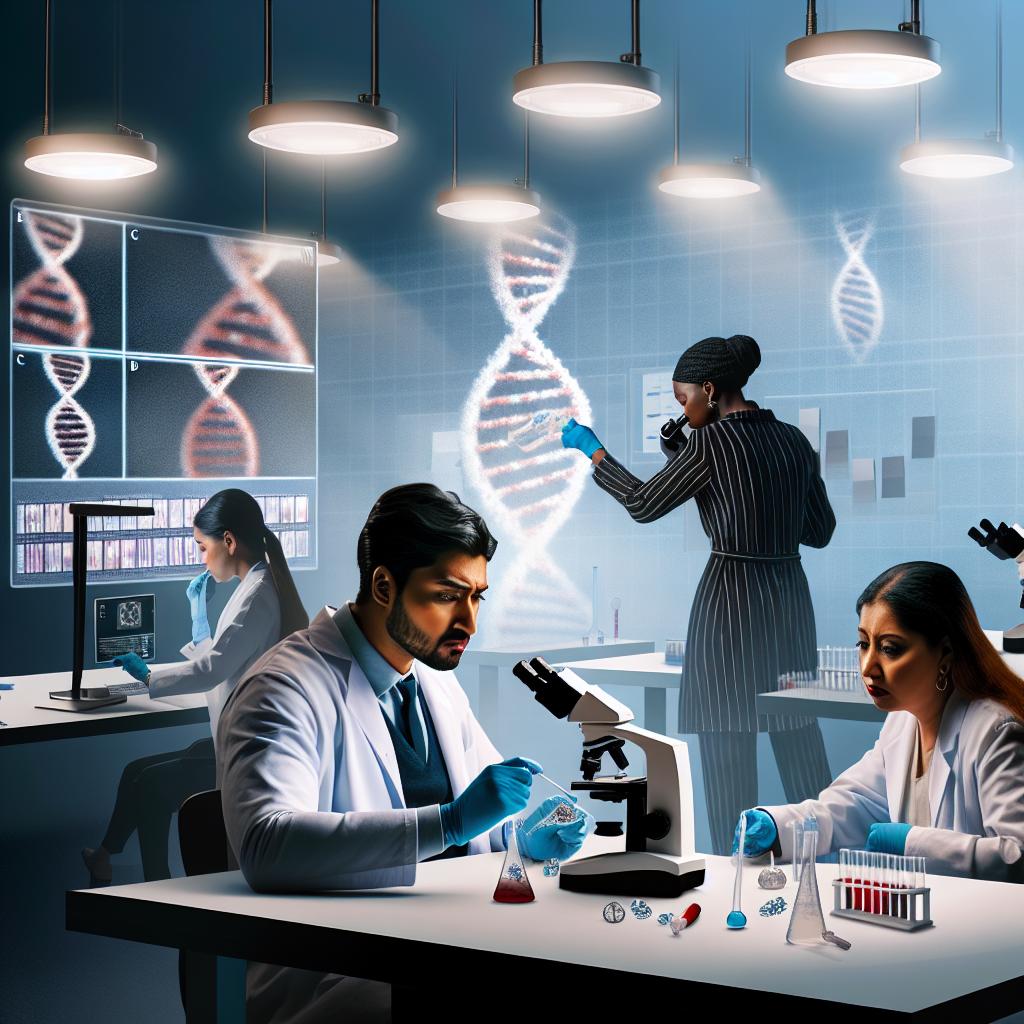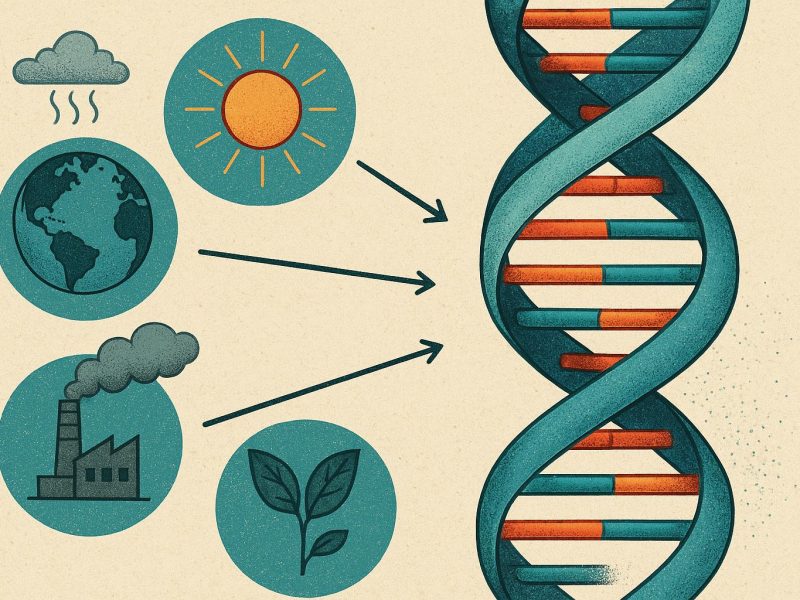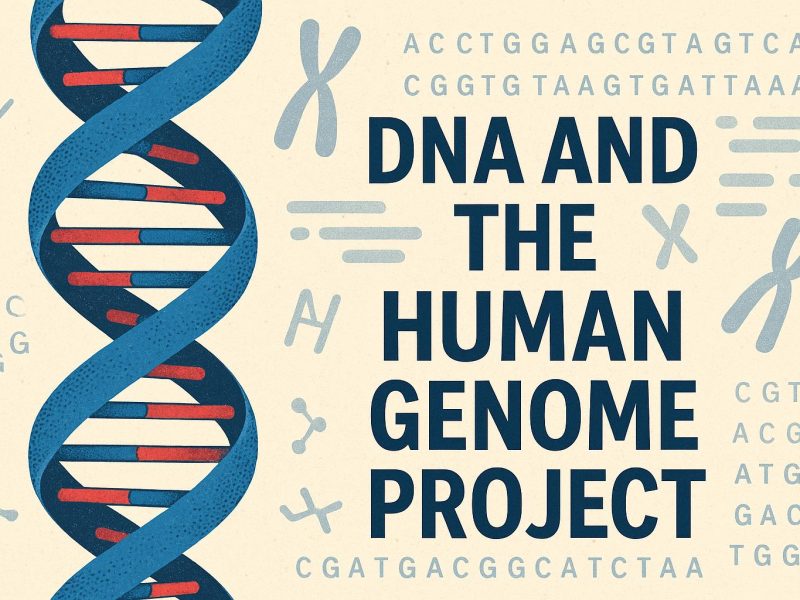The Role of DNA in Crime Investigations
The advent of DNA technology has revolutionized the field of forensic science, providing a powerful tool for solving crimes. DNA, or deoxyribonucleic acid, carries the genetic instructions used in the growth, development, functioning, and reproduction of all living things. In the context of crime investigations, DNA serves as a unique identifier, similar to a fingerprint. This has transformed how law enforcement agencies approach and solve crimes, leading to more accurate and effective criminal justice processes.
Understanding DNA: The Basics
DNA is structured as a double helix, comprising base pairs of nucleotides. It is found in nearly all cells of the human body, contributing to each individual’s genetic blueprint. What makes DNA so valuable in forensics is its high degree of uniqueness; except for identical twins, no two individuals share the same DNA profile. This distinctiveness allows for the precise identification of individuals involved in criminal activities.
DNA Structure and Function
The genetic material is composed of sequences of four base nucleotides: adenine, thymine, cytosine, and guanine. These nucleotides form base pairs, with adenine pairing with thymine and cytosine pairing with guanine. The variation in the sequence of these nucleotides is what makes each DNA strand unique. DNA encodes the information necessary for constructing and maintaining living organisms and transferring genetic information from one generation to the next.
Collection and Analysis of DNA Evidence
In crime investigations, DNA evidence is collected from a variety of sources, including blood, semen, saliva, hair, and skin cells found at crime scenes. These biological materials are crucial for constructing a genetic profile that can be compared to potential suspects. Ensuring the integrity of DNA evidence begins at the crime scene and carries through the entire analytical process.
DNA Collection Methods
Crime scene investigators employ meticulous methods to collect DNA samples, ensuring that the evidence is not contaminated or degraded. Tools used include swabs, tweezers, and papers to properly gather and preserve genetic material. These samples are then packaged and cataloged with stringent standards to maintain a clear chain of custody.
Laboratory Analysis
Once collected, the DNA is extracted and analyzed through a process known as DNA profiling or genetic fingerprinting. This involves several laboratory procedures, including DNA extraction, quantification, amplification, and sequencing. Advanced techniques like Polymerase Chain Reaction (PCR) allow for the generation of multiple copies of a DNA segment, making it easier to analyze even small amounts of genetic material found at a crime scene. Sci experts then compare these DNA profiles to those of suspects to either identify or exonerate individuals.
DNA Databases
DNA profiles can be stored in national databases, such as CODIS (Combined DNA Index System) in the United States. These databases facilitate cross-referencing DNA profiles from crime scenes with those of known offenders, aiding in identifying suspects who previously committed other crimes. These databases contain millions of profiles and can lead to cold cases being reopened and solved after several years. More information about CODIS can be found at the official FBI website.
Use in Solving Cold Cases
One of the most significant advantages of DNA databases is their ability to solve cold cases. Cases previously stalled due to lack of evidence can be revisited with DNA technology, potentially linking suspects to multiple crime scenes that might have occurred over extended periods.
International Cooperation
DNA databases also facilitate cooperation between international law enforcement agencies. A shared database allows countries to track and identify suspects who may have crossed borders, leading to more comprehensive crime-solving efforts on a global scale.
Challenges and Limitations
While DNA is a powerful tool in crime investigations, it is not without its challenges. Contamination of DNA samples, either at the scene or during analysis, may lead to misleading results. Moreover, the presence of DNA does not inherently establish guilt, as the DNA could have been deposited at the scene at an unrelated time.
Contamination and Degradation
Contamination can occur if proper protocols are not followed, resulting in compromised DNA samples. Additionally, environmental factors, such as heat or moisture, can degrade DNA, making it challenging to obtain a clear profile. Laboratories must follow strict guidelines to handle and preserve samples effectively.
Legal and Ethical Considerations
Proper legal and procedural safeguards need to be in place to ensure the integrity of DNA evidence in criminal cases. DNA evidence must be employed within the legal framework, with careful consideration of privacy issues and ethical concerns. Misuse of DNA data or its mishandling can lead to significant legal and ethical repercussions, emphasizing the need for stringent regulations.
In conclusion, DNA has become an indispensable component of modern criminal investigations. It serves not only in identifying perpetrators but also in exonerating the wrongfully accused. Its evolved role reshapes the legal landscape, proving to be a critical aspect of ensuring justice. As technology advances, the accuracy and scope of DNA evidence are expected to improve, further enhancing its utility in the legal system. With continual improvements, DNA analysis holds the promise of more reliable, quicker resolutions to criminal cases, setting higher standards for forensic science globally. Through a commitment to ethical practices and advances in technology, the future of DNA in forensic investigations looks promising, thus pushing the boundaries of modern criminal justice.



